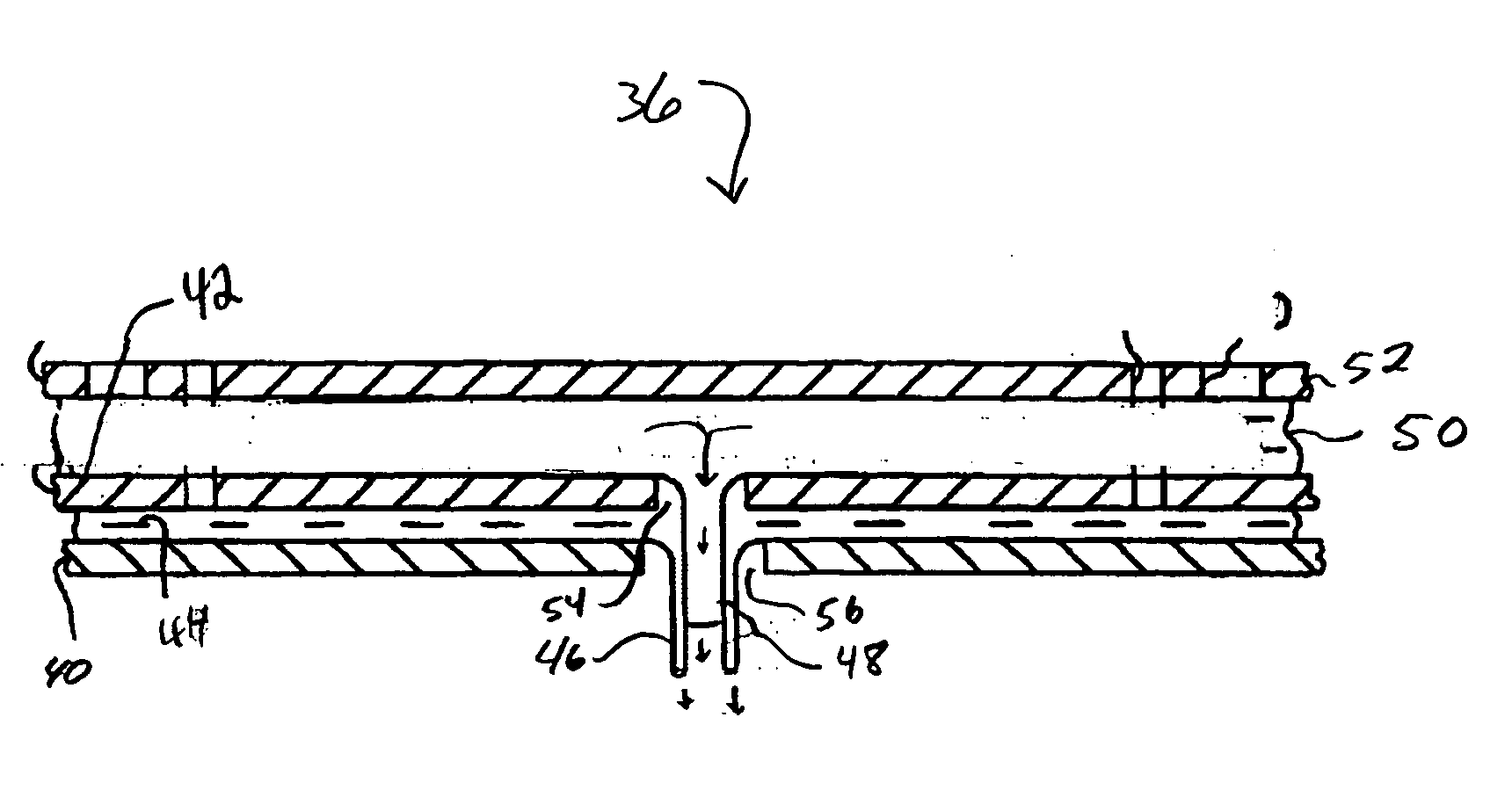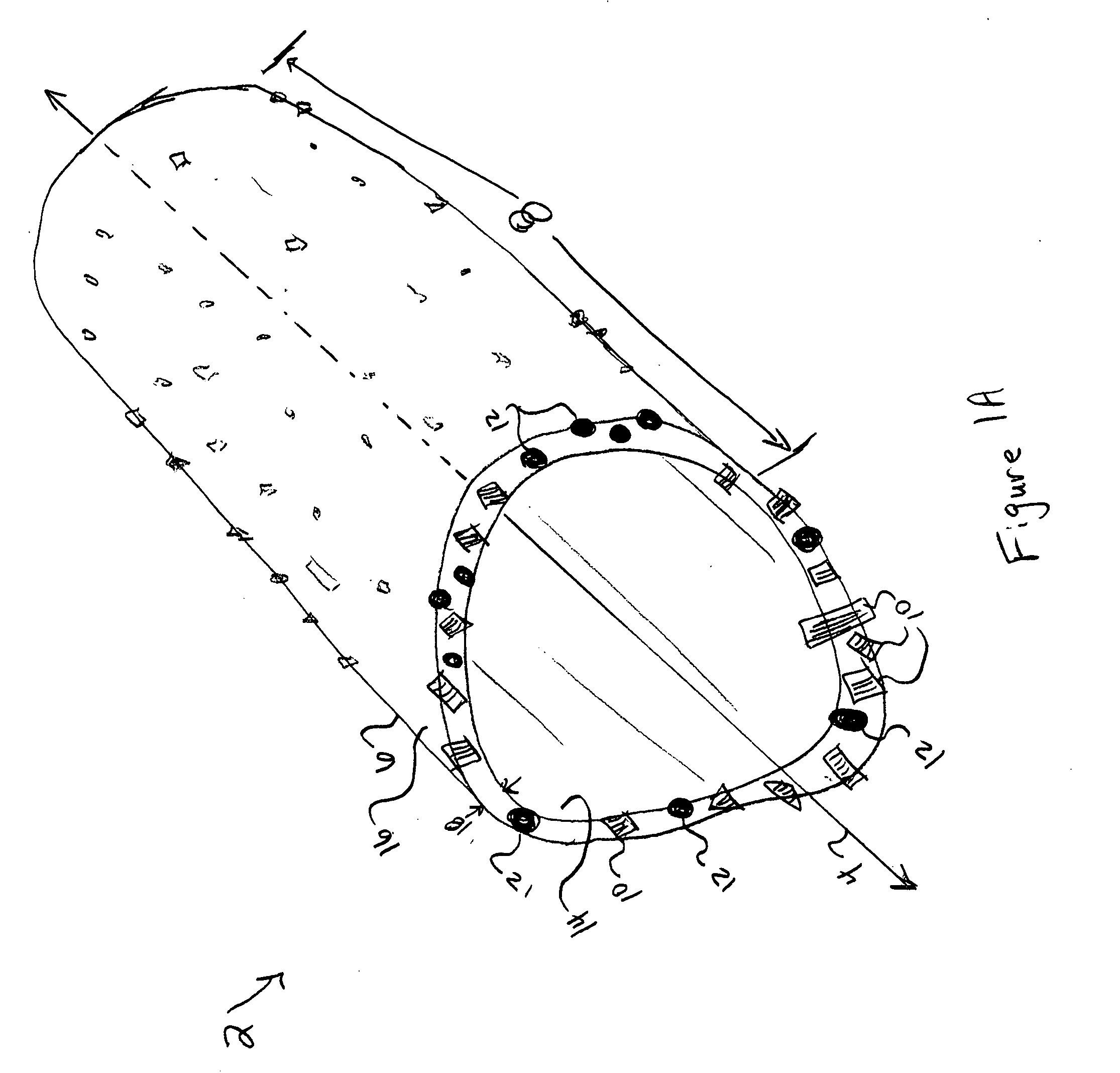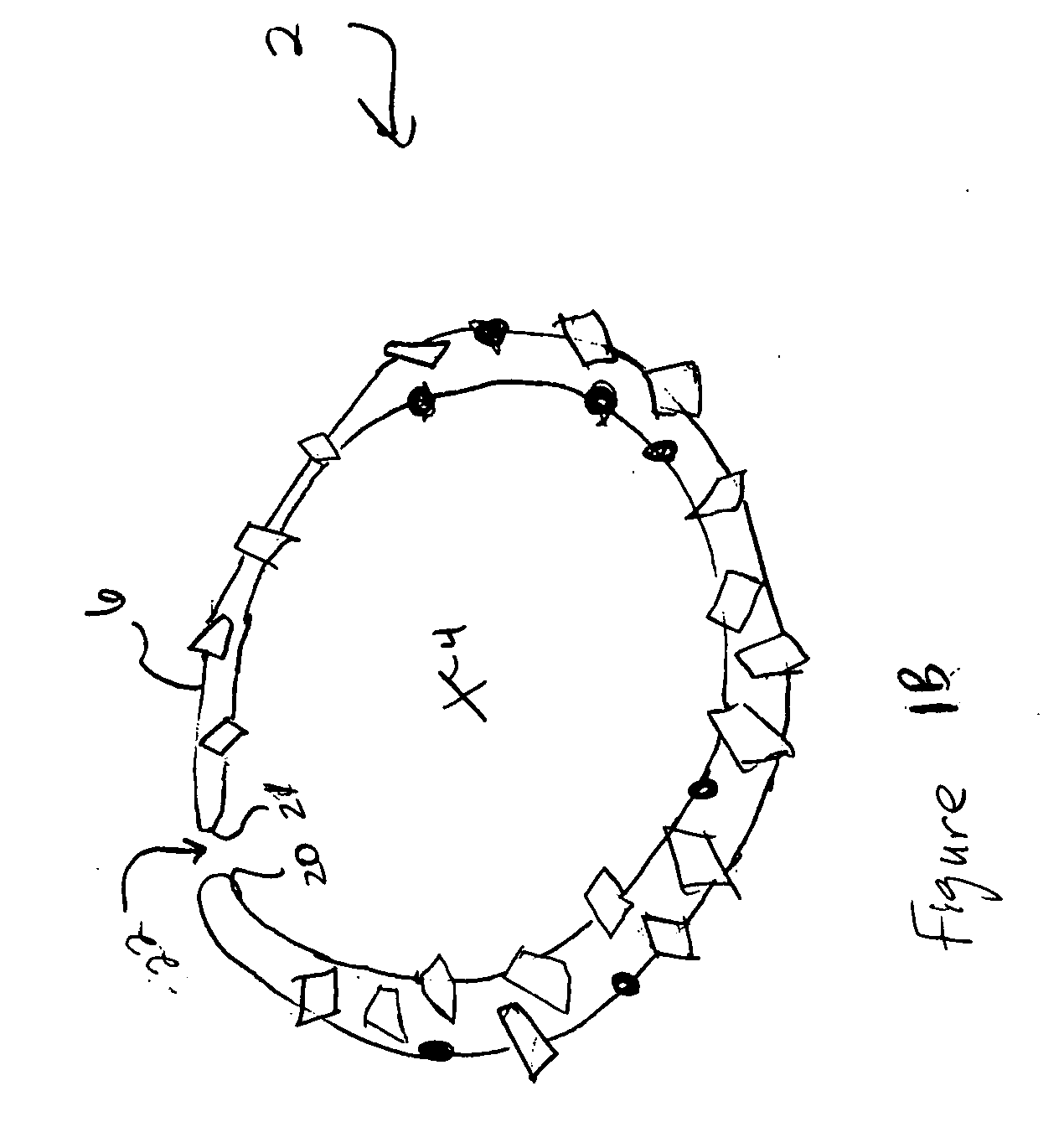Hollow anti-microbial fibers and fibrous products
a fiber and anti-microbial technology, applied in the field of fibers, can solve the problems of anti-microbial additives, wash off or wear off, adverse environmental consequences, etc., and achieve the effect of excellent wetting characteristics of petg
- Summary
- Abstract
- Description
- Claims
- Application Information
AI Technical Summary
Benefits of technology
Problems solved by technology
Method used
Image
Examples
Embodiment Construction
[0040] In the United States, all claims concerning antimicrobial and antifungal properties must be thoroughly tested to Environmental Protection Agency (EPA) and Food and Drug Administration (FDA) standards. As used herein, the term “antimicrobial” refers to the ability of an article to kill 99.99% (log 3) of bacteria in 24 hours. The EPA has indicated that such products may be labeled as “Prohibiting Bacteria Growth and Migration Along the Surface of the Product.” The addition of the antimicrobial particles in accordance with the invention inhibits the growth of mold and mildew or odor-causing bacteria in the fibers. The hollow fibers retain their efficacy after simulated use conditions so that the antimicrobial efficacy is maintain throughout the life of the product.
The Fibers and the Additives
[0041] As the term “hollow” is used herein, it refers to fibers such as fiber 2 shown in FIG. 1 that has been formed through a pure hollow or mock-hollow fiber formation process or other ...
PUM
| Property | Measurement | Unit |
|---|---|---|
| thickness | aaaaa | aaaaa |
| thickness | aaaaa | aaaaa |
| thickness | aaaaa | aaaaa |
Abstract
Description
Claims
Application Information
 Login to View More
Login to View More - R&D
- Intellectual Property
- Life Sciences
- Materials
- Tech Scout
- Unparalleled Data Quality
- Higher Quality Content
- 60% Fewer Hallucinations
Browse by: Latest US Patents, China's latest patents, Technical Efficacy Thesaurus, Application Domain, Technology Topic, Popular Technical Reports.
© 2025 PatSnap. All rights reserved.Legal|Privacy policy|Modern Slavery Act Transparency Statement|Sitemap|About US| Contact US: help@patsnap.com



